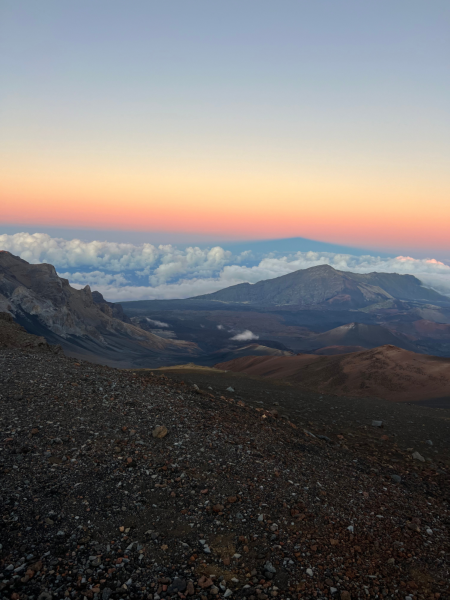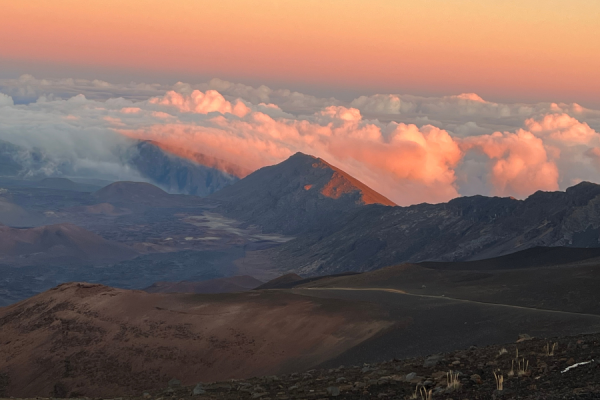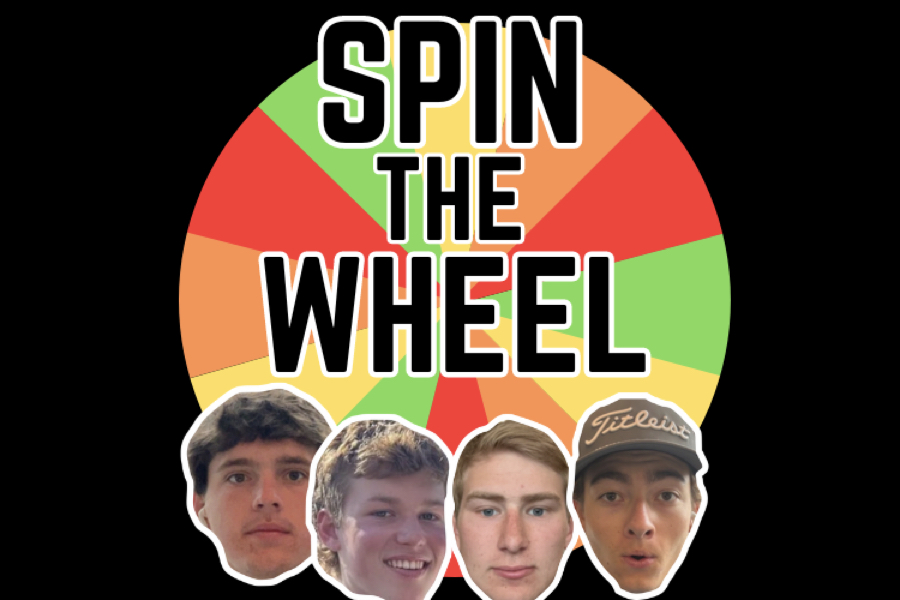Have you ever looked up at the stars during the night, gazing throughout and seeing a bright pale red dot? Mars has been sought after for many years; since the 1960s the world has wanted to make a human trip to Mars. How cool it would be, thousands of miles from our home planet on an entirely new landscape, looking out at the vast scenery, seeing miles with mountains composed entirely of rock and rust particles.
What if I told you a similar experience with vast and rugged landscape can be found here on our home planet? Located on the beautiful island of Maui stands one of the world’s most unique landscapes. A scenic national park known as “house of the sun,” Haleakala stands as the most compelling experience of my life.

Towering over the island of Maui, visible throughout the island and neighboring islands, the Haleakala crater is a hidden wonder of the world. Standing at 10,023 feet above sea level, this dormant volcano is the stage for the most breathtaking range of landscapes and sky scapes. As stated before, Haleakala means “house of the sun” in Hawaiian. The legend goes that the demigod Maui lassoed the sun from its journey across the sky as he stood on the volcano’s summit, slowing its descent to make the day last longer.
The most invigorating part to the trip to Haleakala is not only the destination but the journey itself to the top. A 37 mile drive from sea level to the summit, makes Haleakala highest elevation gain in the shortest distance. The drive up from the base to the summit takes about an hour and a half. A precaution to take into consideration before going on this journey is road sickness, the trip to the top includes a total of 32 switchbacks/ hairpin turns. As we were driving up the mountain, I had slight motion sickness due to the constant twists and turns. Besides the switchback concerns, the Haleakala highway is one of the most scenic and outstanding views I’ve ever experienced. Once you begin the ascent to the summit and drive past all civilization, you are greeted with tall towering trees composed of cedar, spruce, and pine trees. As you continue your climb past the tall towering trees, the entire landscape opens up to a great plain with small trees and tall grasses.
Continuing the climb, with hairpin turns back and forth all the way to the summit can be the most invigorating experience. Those afraid of heights may not find this part of the trip fun as there are no barricades on the side of the road. As there are no barricades on the side of the road, you look out the window of your car to a steep descent thousands of feet down to the base of Maui. The further you climb the better the views become. At around 6,500 feet, you find yourself driving through the cloud line. Visibility at this point is minimal, fog surrounding you remains for a few miles before you break through to an amazing view.
As you pass the tree line just before reaching the summit the entire landscape changes. Known as the Kula volcanic series, the lava rock seen at the summit of Haleakala is encompassed by andesites and basalts rich in big crystals of olivine and augite. Reaching the summit and getting out of the car feels as if you just landed on Mars. Red desserts and large lava rocks comprise the land. High above the clouds, the summit of Haleakala has a 360 degree view ranging for miles. As you look to the west, you can see the largest mountain of the Hawaiian islands, Mauna Kea standing at 13,803 feet, and the dormant volcano of Mauna Loa at 13,679 feet.

Haleakala is also home to the Haleakala, a high altitude observatory site. Managed and operated by the University of Hawaii, the observatory center supports high quality, high impact research, education, and space surveillance. Mostly funded by the NASA program, each night the telescope observes 1,000 square degrees of the night sky.
The most popular time to make the journey to Haleakala is in the morning as visitors make the trek to the top to watch the most spectacular sunrise on earth. Due to the popularity of the sunrise trip, the National Park Service requires a reservation for any vehicle making the drive to the summit in the morning.
I believe that driving to the summit to watch the sunset is far better. When I went to Haleakala, the sunset drive was far less crowded than it would be in the morning, not to mention having to wake up at 3 in the morning as the drive from most hotels can take 3-4 hours. Plus, after you watch the beautiful sunset with the sky turning to a deep red, the night sky follows with some of the best stargazing on the planet. The night sky is super bright at the top, being able to see thousands of constellations and the milky way shining a bright streak across the sky.






